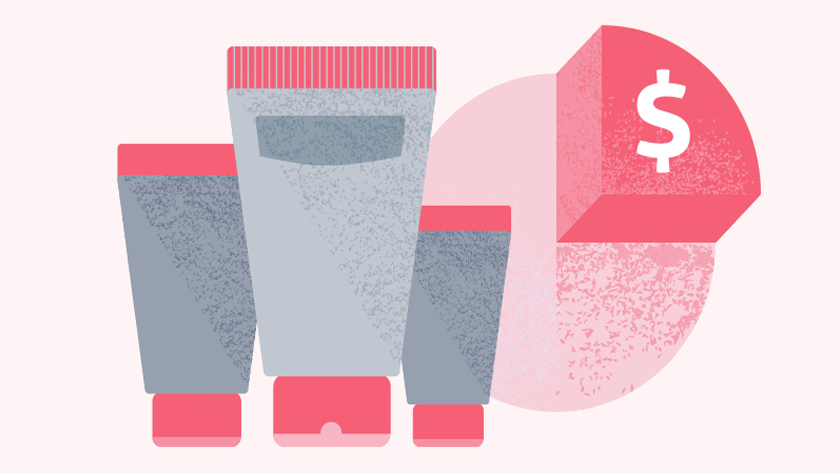7 steps to a skin and wound care product formulary that improves outcomes
Here’s how to standardize best practices and reduce costs.

When it comes to planning a skin and wound care supply formulary, we recommend 7 simple steps to help drive better standardization, improve outcomes and even reduce costs.
Follow these 7 steps to help build an effective and efficient supply formulary.
1
Evaluate your business practice
When it comes to change, the best place to start is by assessing where you are now. Here are some questions to consider:
- What formulary is in place, if any?
- How do you currently capture wound care and skin care product charges?
- What is your payor mix?
- What is your patient or resident mix? Are you seeing increases in pressure injuries, advanced wounds or skin tears, for example?
- Do you have protocols or guidelines in place? When were they last reviewed?
- What are the policies and procedures that are followed to order supplies?
- What controls are in place to ensure compliance?
- What mechanism do you have to measure outcomes?
2
Consider creating a formulary task force
With careful planning and the right team on board, a formulary can be completed in one day. Your formulary task force should include no more than 10 people and should represent a variety of team members. An appropriate mix might include floor or field nurses, certified nursing assistants or care techs, nursing specialists such as the WOC nurse, supply coordinator, management staff, financial representation, and case management professionals.
3
Establish a process based on best practices
Through surveys with caregivers and discovery meetings, we’ve found that there are 3 keys to consistent care—people, process and products. Having the right processes in place is especially important with wound management. A clinical specialist can help determine the best practice guidance for your facility with the help of algorithms, decision trees and customized education and training. Whatever resources you use, be sure to incorporate appropriate industry guidelines from organizations such as the National Pressure Injury Advisory Panel, the American Nurses Association and the International Skin Tear Advisory Panel.

Remember that these guidelines are regularly updated, so your formulary task force may be asked to review and help determine new processes as evidence-based best practices evolve.
4
Work with physicians to encourage care consistency
If your formulary task force doesn’t include a physician, be sure to keep physician colleagues informed. Let them know if you recommend any changes in the skin and wound care supply formulary and clinical protocols. Securing physician support helps strengthen efforts at standardization across the care continuum.
5
Gather data on supply formulary to inform changes
Collect about three to six months of skin and wound care product usage data as a baseline for needed products. You might view invoices, utilization reports or a combination of both. A good vendor partner will set up a discovery meeting to help you analyze historical usage and pricing information. When you’re calculating the numbers yourself, be sure to include item numbers, descriptions, units of measure and prices. With all the details in hand, the formulary task committee should then determine objectives for keeping or replacing products. Simplify product categories for easier ordering.
6
Empower caregivers with easy-to-use educational tools
Education and training that caregivers can carry with them helps reenforce formulary decisions. For example, pocket-sized guidebooks can provide at-a-glance reminders on products and quantities to use to help prevent and treat skin breakdown.

7
Measure formulary practices
Just like any systemwide change, it helps to have a goal when updating your skin and wound care formulary. Establish your expectations for compliance with any formulary updates, document utilization and try to increase compliance over time. This will allow room for you to look at new technology and products, which will continue to improve outcomes.
Key takeaway
There are many benefits to creating a reliable skin and wound care product supply formulary, but it might take some trial and error to implement what ultimately works best for your facility. These 7 steps, including gathering the right team and the relevant data, provides a useful starting point. Medline Skin Health specialists can also help by assessing any gaps and opportunities in your product formulary and recommending ways to help you make skin health second nature.




